Four men in Australia contract coronavirus, with fears of more to come
Health authorities are acting to restrict the spread of the deadly coronavirus after four people in Australia were confirmed to be infected, three within NSW. Fears are growing about the spread of the virus, which has claimed more than 40 lives in China alone.
NSW
Don't miss out on the headlines from NSW. Followed categories will be added to My News.
Fears are growing about the spread of the deadly coronavirus in Australia, with four men confirmed to have contracted the disease and more patients in isolation and undergoing testing.
Three of the patients have been quarantined at Westmead Hospital, while a Chinese national in his 50s was the first case confirmed when he tested positive in Melbourne on Saturday.
Of the Sydney men, aged between 30 and 60, two recently arrived from Wuhan, the epicentre of the outbreak, while the third was on a flight from Shenzhen. One is confirmed to have been in direct contact with an infected patient while in China.
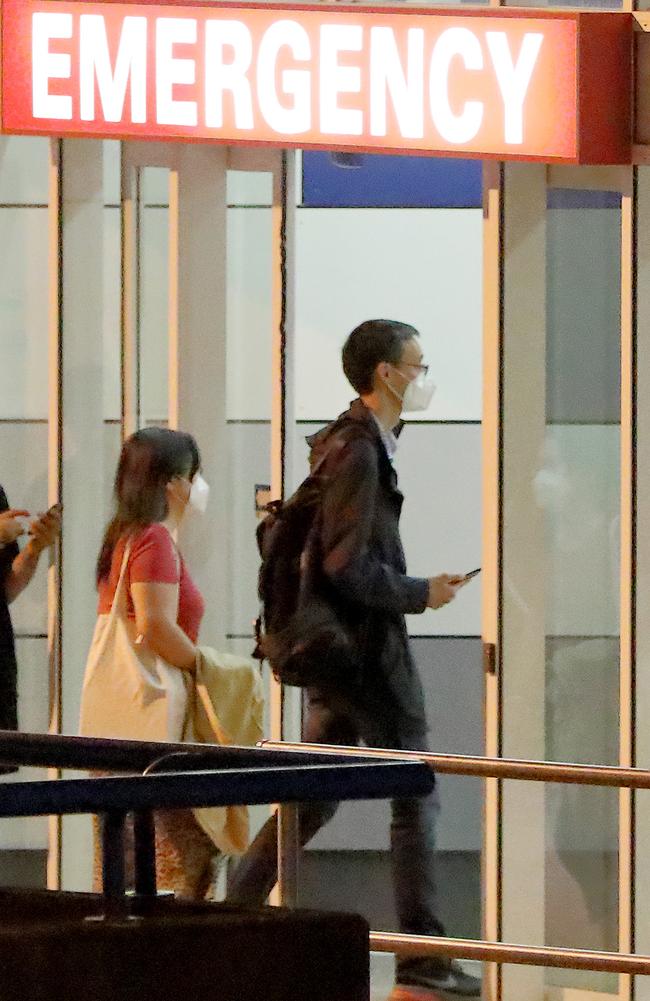
NSW Chief Health Officer Dr Kerry Chant said none of the men were experiencing serious symptoms.
“The reason for their hospitalisation does not relate to their clinical condition,” Dr Chant said.
“These patients would generally be managed in the community but they are being admitted for isolation purposes.”
MORE NEWS:
Australian of the Year starts with cracking joke
Voice recorder recovered in US fire crew fatal tanker crash
NSW Health Minister Brad Hazzard said the three infected men are in a condition that wouldn’t normally require hospitalisation but authorities needed to act to restrict the spread.
“We’re taking a very precautionary approach and making sure they are in an environment where we can keep them under close observation,” he said.
“(To) keep them as well as we can but also just make sure they’re in isolation and away from other people until matters evolve.”

The men are being closely monitored under strict quarantine protocols at Westmead with access to visitors and the outside world heavily restricted.
They will remain under these conditions until doctors determine they are no longer infectious or can travel home safely without spreading the virus.
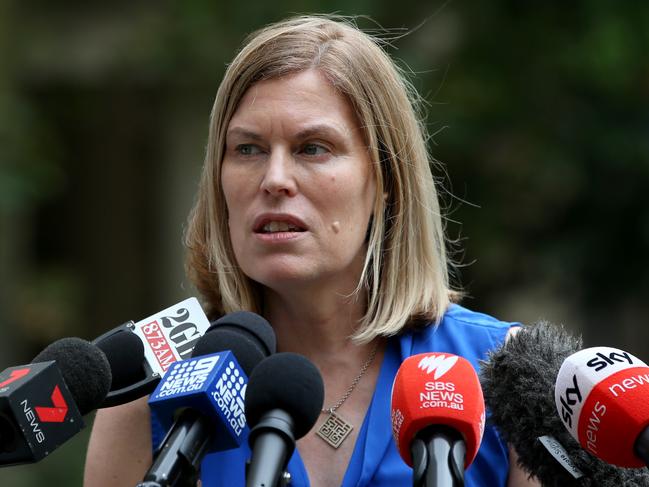
Dozens of people who have been in contact with two of the infected men have been contacted by NSW Health and alerted to the potential exposure, but hospital staff are still working to determine the breadth of contact with the third patient, who was only added to the list late on Saturday.
“I can confirm that our public health units have managed to contact the majority of those close contacts and pleasingly those contacts have remained well,” Dr Chant said.
“We have communicated to those contacts the risk to them is extremely low.”
Those contacted will be spoken to daily to monitor their condition. It is believed passengers on the planes the infected men arrived on have also been contacted.
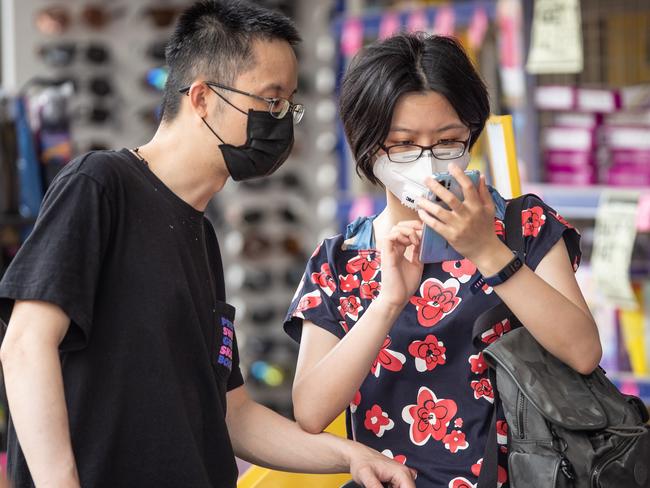
The number of patients being admitted for testing is a rolling figure, Dr Chant said, with those cleared taken off the list and new ones being added. Hospitals across NSW had so far checked 18 potentially infected patients.
Health authorities are being hampered by a lack of clinical information and data about the disease and are unsure precisely how it spreads or what the incubation period is. Instead they are using the behaviour of related diseases in their assumptions.
“If it behaves in the same way as MERS and SARS and other coronaviruses behave, we know that people are infectious after symptom onset and that’s different from flu where you’re infectious before you get symptoms,” Dr Chant said.
“There’s a lot we need to know so everyone’s being very cautious about what we say until all these facts are (learned).”
Modelling to predict possible numbers of infections in Australia is difficult because of the developing nature of the disease in China but officials expected us to have a number of victims.
“That’s a really hard question to answer because it really depends on the emerging epidemiology in Wuhan and China more broadly,” Dr Chant said.
“We would have expected to see cases both in Sydney and Melbourne based on modelling because of the passenger movements and our connection to the broader Asian region.”
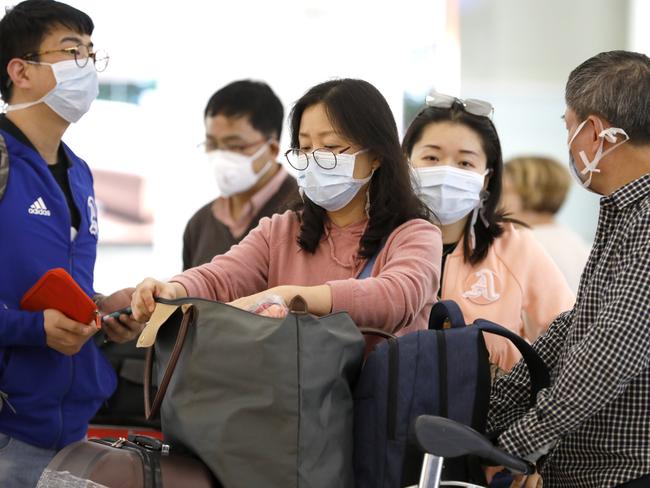
Federal health authorities are keeping a close eye on the developing situation and are confident processes are sufficient to deal with the disease entering the country.
“Australia’s health emergency response arrangements are flexible and scalable, and will be tailored to most effectively respond to the evolving situation, and as more is known about the characteristics of the virus,” a spokeswoman for the Department of Health said.
“Australia is well prepared and ready to respond to the threat posed by this outbreak.”
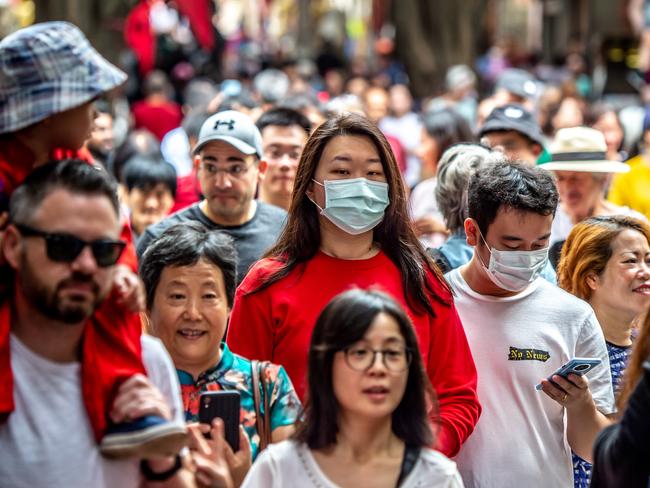
Treatment for those suffering from the virus is based on underlying conditions and will be administered on a case-by-case basis.
“There’s no specific treatment for the novel coronavirus,” she said.
Australia’s first confirmed case was a Chinese national in his 50s who tested positive in Melbourne on Saturday.
The man had been in Wuhan, the city of 11 million people that has been the epicentre of the outbreak, before catching a flight to Melbourne from Guangzhou on January 19.
Health authorities are waiting for test results for one potential coronavirus case in Queensland after five others were cleared on Saturday. Australia has raised the travel alert level to “do not travel” for the entire Hubei province.
Passengers arriving from China are now being stopped and provided with information about the virus, its symptoms and what to do if they become unwell. China’s death toll now stands at 41, with more than 1300 cases confirmed worldwide.

